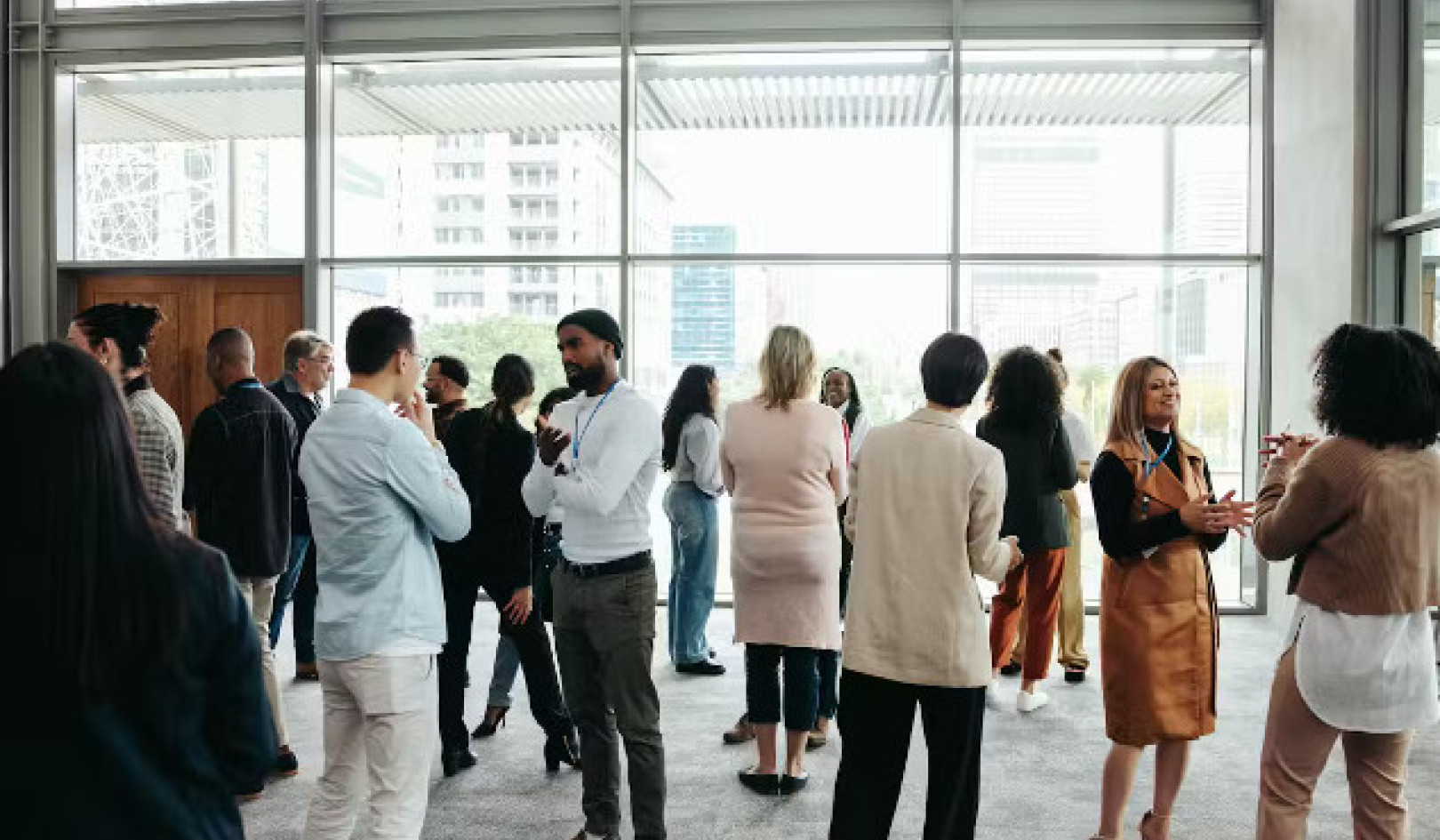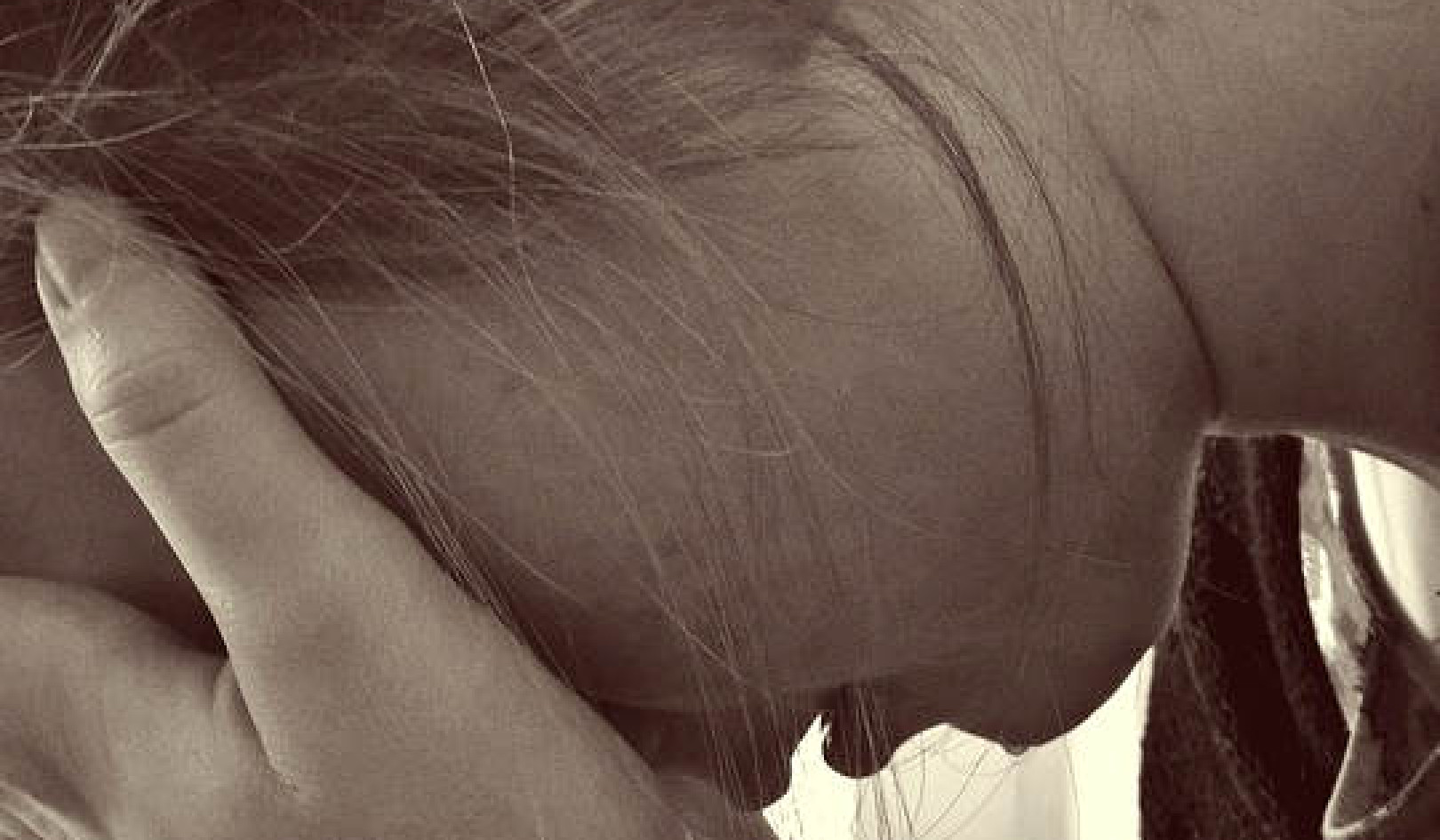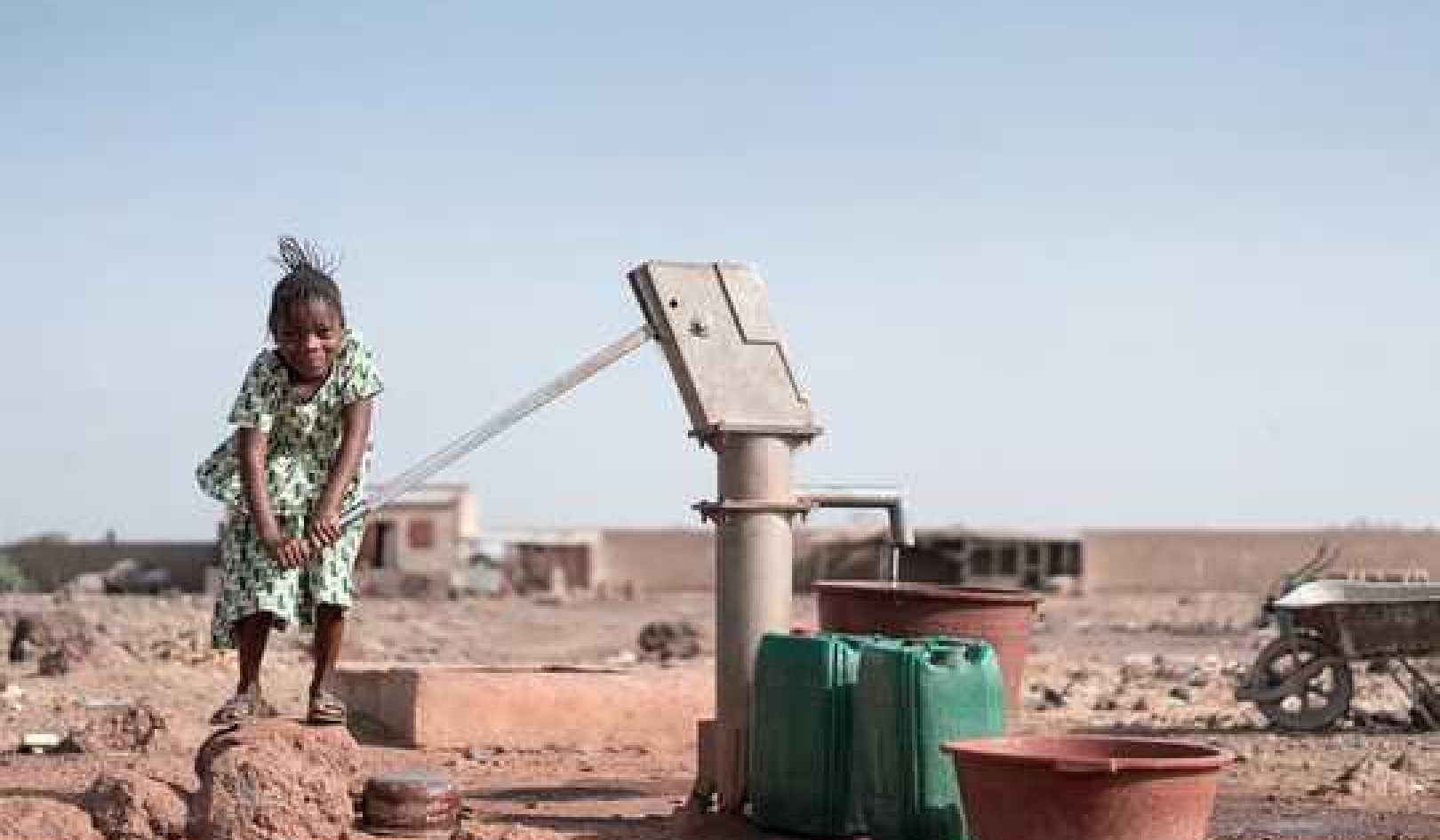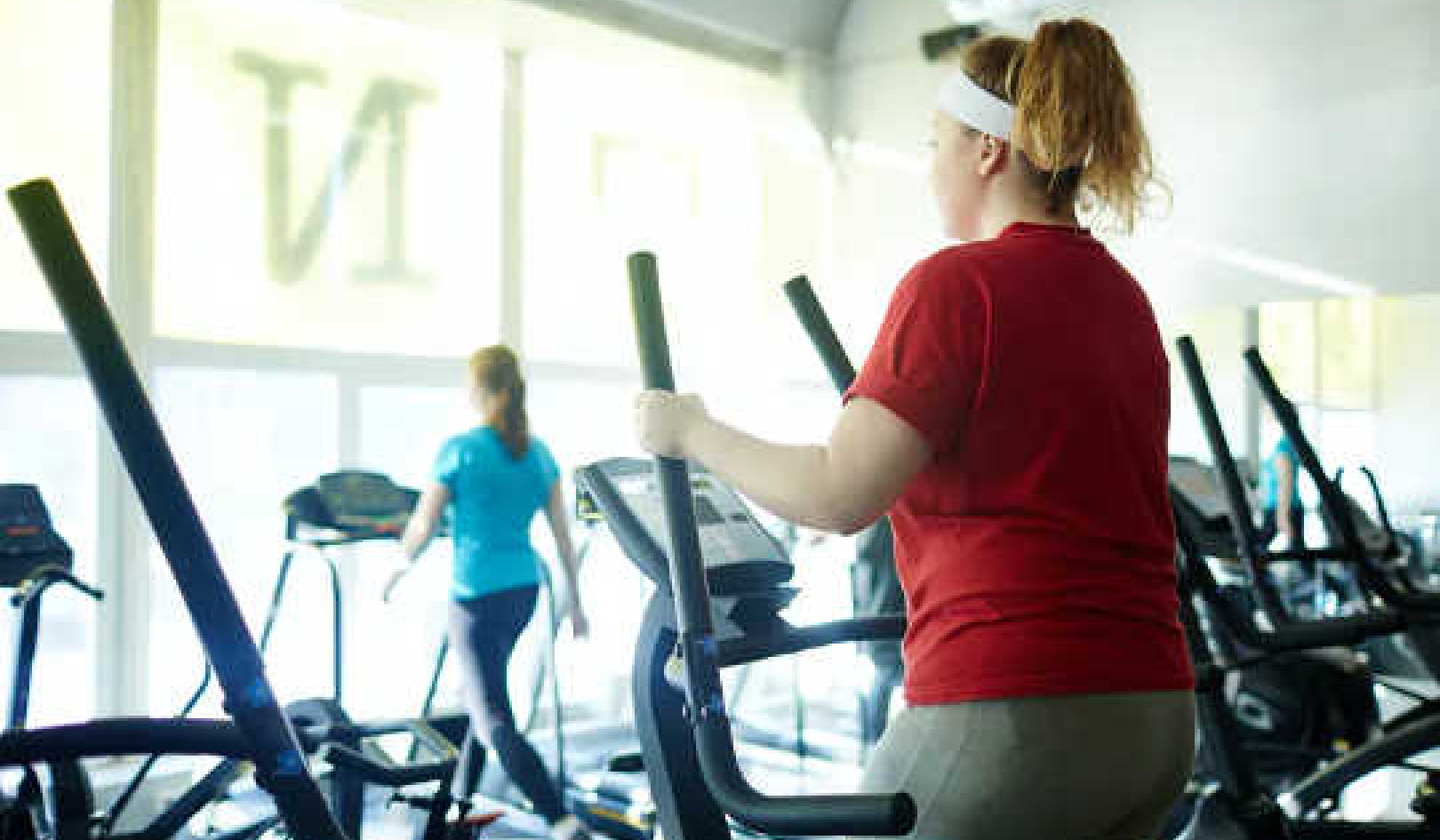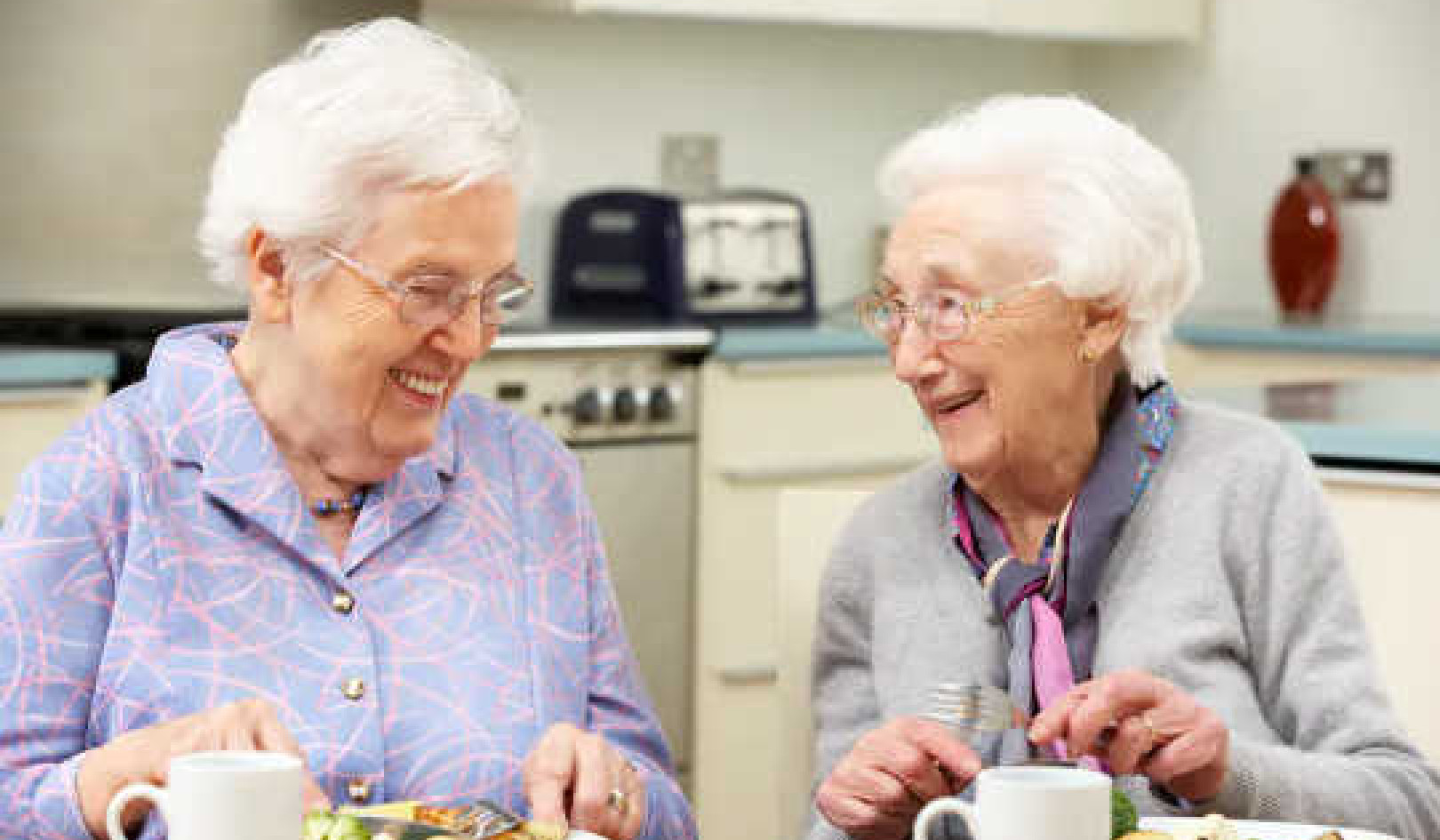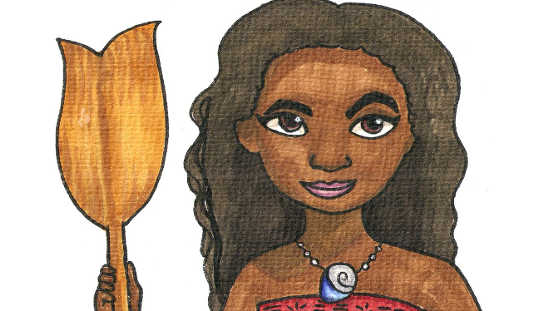 Moana Fan Art Friday by Angel-Robin, CC
Moana Fan Art Friday by Angel-Robin, CC
Disney’s Christmas release transports us to the seas of Polynesia, where a young girl – Moana – takes on a leadership role and risks everything to save her tribe and her community. Such a strong female role is a far cry from Snow White’s work washing the dishes. As we found in our recent study of the depiction of the working woman in Disney films, animation tracks in all sorts of fascinating ways how visions of female empowerment at work have changed over the last century.
In Snow White and the Seven Dwarfs (1937) we initially encounter the princess as a scullery maid – dominated by her wicked step mother – sullenly lifting pales of water from the well. She escapes only to find herself confronted with further dirty and monotonous labour playing housekeeper (and mother) to the dwarves. A decade on, we find Cinderella (1950) in a house with her wicked stepmother and sisters being subjected to a life scrubbing floors wishing for a better life. And in Sleeping Beauty (1959), a whole industry is destroyed simply to protect the princess, Aurora, from a fatal prick to the finger from a spinning wheel foreseen by the evil witch Maleficent. Three fairy godmothers care for the young princess but ultimately give away their secret, safe location – due to the sheer monotony of their life and work in the woods.
{youtube}3xpKSGWiG6k{/youtube}
The message is clear in these early films: women are weak and should avoid work at all costs. It is dangerous and monotonous and unrewarding. These female characters need to be protected, rescued and defended from the world of work by men and generally find their solace as “kept women”. Alternatively, they find a working role as a caregiver – a mother who, in turn, protects her young, her vulnerable from the world of work.
Similar themes of workless women in need of rescuing by male saviours can be found in other Disney films of the time such as Lady and the Tramp (1955) and The Aristocats (1970).
Tinkers and scientists
The Disney renaissance era (1989-1999), so called due to the studio emerging from a rather dismal run of films, can be seen as a turning point for Disney in terms of the representation of women’s work. It provides us with women who are intelligent and empowered but restrained in how they are able to use these talents in the workplace.
So in The Little Mermaid (1989) for instance we encounter Ariel, both a princess and a tinker, a collector of objects under the sea. She wishes to escape from her overprotective father but, despite the message of empowerment and female independence within the film, she ultimately finds her happiness in the arms and protection of another man. Similarly, in Beauty and the Beast (1991) and Tarzan (1999), Belle and Jane – both attractive, highly intelligent young ladies (the latter a young scientist) who dream of something more – ultimately find happiness and contentment through men, rather than their work or personal achievements.
The most radical Disney films of the studio’s renaissance period, Pocahontas (1995) and Mulan (1998), again offer us fiercely independent women. Mulan poses as a man in the Chinese Army so that she can enter the world of work in lieu of her frail father. But when offered the opportunity to enter permanent work at the end of the film as part of the emperor’s inner circle, Mulan turns the offer down and returns to her village.
Similarly, after bringing peace to her community, the closing vision of Pocahontas is of her watching wistfully, longingly, as the ships leave without her – the implication that there might be something more “out there”, but it was not a place for her … yet.
{youtube}MsAniqGowKE{/youtube}
Restaurant owners and rulers
It is only in the past decade that Disney begins to consistently portray empowered women in work who develop their identities through working experiences.
In The Princess and the Frog (2009), Tiana – a young, African-American waitress – has a dream to own and manage her own restaurant in New Orleans. She is told by the bankers that a “woman of her means” should quit and know her place but, against all the odds, resists temptation to give up and secures her dream – on her own terms. This film set a tone for those that followed, in which the central female characters are not only empowered and independent, but discover who they are and realise their potential through work, not romance.
We see this theme continued in Frozen (2013), in which two young sisters are orphaned and are thrust in to working roles that they simply aren’t prepared for – to rule and govern a whole kingdom. Elsa’s anxiety and fear can be seen as a manifestation of female trepidation about taking on leading roles, but also provide a lesson about eventually (with the help of our friends or our sisters) overcoming them.
{youtube}TbQm5doF_Uc{/youtube}
Zootopia’s (2016) fiercely independent and ambitious female character, Judy Hopps – the city’s first bunny rabbit police officer – builds on this. She works hard within her police precinct to be recognised as an equal amongst her male counterparts despite experiencing extreme discrimination at the hands of her boss. She is told that she will only ever be a meter maid (parking inspector) but eventually proves them all wrong and gains her place as a bunny among equals.
And so to Moana (2016), Disney’s 55th animation, which continues (and perhaps even fulfills) Disney’s journey from timid, “kept” princess to empowered, independent princess. Whilst being a wildly enjoyable voyage across the Pacific Ocean, incorporating an epic quest through which the young princess develops and discovers her talents as a master navigator (who can control the sea with her hair), the film offers us a vision of a powerful and wilful young lady who will take on everything that comes at her to be successful. She is the epitome of the modern working woman.
{youtube}LKFuXETZUsI{/youtube}
A success story, then. But it is important to keep in mind that other animation studios completed this journey to representing empowered, fiercely independent young women in work decades ago. Japan’s Studio Ghibli, for instance, featured balanced and complete working female characters in films such as Nausicaä of the Valley of the Wind (1984) and Kiki’s Delivery Service (1989) that are radical in comparison to Disney’s films of the time.
Nevertheless, Moana builds upon the significant progress Disney have made in recent years in representing complex, multifaceted and intriguing female characters in working roles.
![]()
About The Authors
Martyn Griffin, Lecturer in Organizational Behaviour, University of Leeds; Mark Learmonth, Professor of Organization Studies, Durham University, and Nancy Harding, Professor of Organization Theory, University of Bradford
This article was originally published on The Conversation. Read the original article.
Related Books:
at InnerSelf Market and Amazon



















